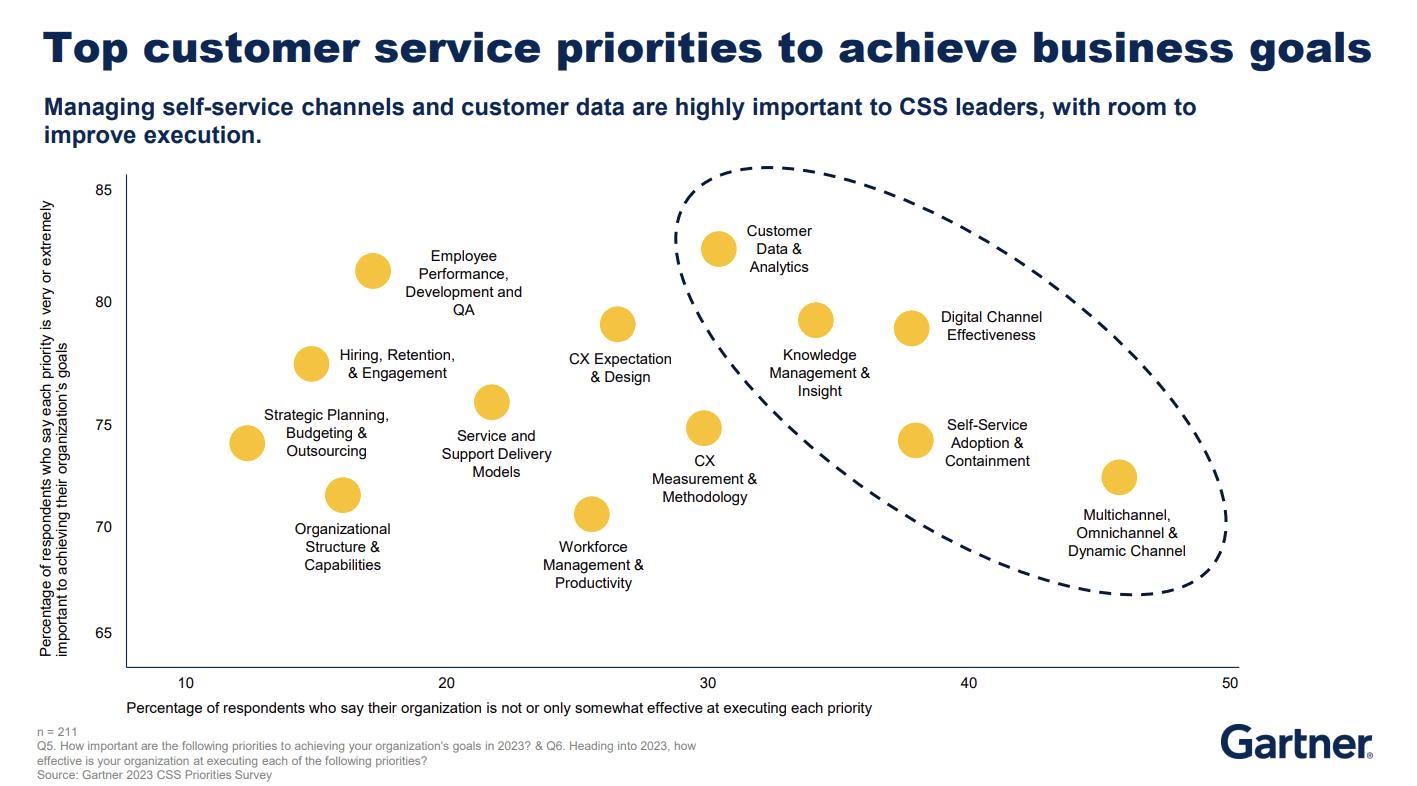Customers want this one thing businesses are failing to deliver

My job as a content marketing lead in communication technology is not for the fainthearted. It requires long days and nights researching technology, while simultaneously trying to understand to what extent people are willing to interact with complicated systems that are supposedly created to uncomplicate their lives. It’s complicated, but I can confidently say that in today’s world, where choices are unlimited and exposure is boundless, most people are looking for this one thing: great customer service.
In a nutshell, great customer service depends on the kind of experience your customers expect from your business: quick response rate, acting on feedback, personalized experiences, self-service, or even empathy. And countless sources have underscored the need for intangibles that make experiences great.
- For example, Deloitte found that customer-centric brands were 60% more profitable in comparison to companies that deprioritize customer experience.
- Additionally, Salesforce found that 78% of consumers will repeat business with a brand after a mistake is made if the customer service is excellent.
- Lastly, Microsoft says that a whopping 96% of customers believe that loyalty to a brand is driven by its customer service.
Great customer service is hard to find, but it is worth it
While most headlines are about the latest AI developments and how businesses can leverage the power of ChatGPT to supercharge their growth, not enough is being said about how critical it has become to offer value-driven customer service. For most businesses, offering great customer service has become a pressing business objective. In fact, the latest job market insights by LinkedIn show that the most in-demand jobs right now are front-line roles.
The below figure from Gartner shows which capabilities businesses are prioritizing when it comes to customer service.

With that being said, studies have shown that trust is the force that drives customers to do business with a brand time and time again. It is the main reason why customers are willing to take actions such as sharing information, paying money, and providing feedback. However, gaining customers’ trust is not an easy feat. Many businesses still struggle to build trust due to the subpar customer service they offer. A successful approach to gaining customers’ trust is what I personally call the 3Cs of trustworthy communication: convenient, contextual, and continuous. These three Cs can be described as follows:
- Convenient: simple and available through any channel of the customers’ choice
- Contextual: intelligent, relevant, and personalized content at the right time
- Continuous: a streamlined, uninterrupted, and unbroken exchange of information
Delivering excellent customer service that drives trust requires businesses to prioritize customer-centricity and empower their employees with the right tools to implement it.
Creating value-based customer service using the right technology
The purpose of customer service is to help customers either find something they’re looking for, act about something they’re interested in, or fix something that is not working for them. The first step to enabling customer service employees to provide this kind of support starts with empowering them through a cultural change. The second step would be to enable them through the right set of tools that make their job worthwhile. I say this because I believe that bad customer service is the same as no customer service at all. If your agents are working hard to get all calls and respond to all messages but fail to provide a personalized uninterrupted thread of engagement with each customer, they are not to blame.
A tech-enabled approach
Recent enhancements in technology allow a great deal of reliability and personalization through omnichannel conversational solutions, data-driven analytics, and AI-powered tools. Being able to start a conversation on a channel, pick up where you left off on another channel, and conclude it on a high note on a third channel is now possible with the right tools. Not only does that provide a seamless exchange between the business and the customer, but it also allows the business to speak to each customer the way they want to be spoken to, about the topics they are interested in, at the time that works for them.
The right combination of solutions, apps, and connections can elevate a company’s customer service in unprecedented ways. Here are some scenarios:
- Personalized recommendations: a retailer could recommend products to customers based on their past purchases, browsing history, and social media activity.
- Real-time customer support: a delivery company could use chat, email, or social media to answer customer questions about shipping status or provide help with tracking a package.
- Fraud detection: an e-commerce platform can optimize onboarding and secure sign-in and check-out using multifactor authentication and send OTPs through email, chat apps, text messages or even voice messages.
- Customer segmentation: a retailer could segment customers into distinct groups based on their age, gender, interests, or purchase behavior and AI can assist in creating targeted messaging that makes marketing campaigns more effective.
The sad truth is that many businesses claim to be customer-centric, but they are not. While they may be well into their digital transformation, they are still struggling to offer the customer service that the modern consumer expects. It is about time businesses harness the real power of intelligent communication technology and engage their customers while they can. Beyond installing technology, it must be utilized to its full potential, incorporating elements such as convenience, security, and ease of access to information, to achieve true customer-centricity. A tall order by all means, but a necessary one to move ahead.


